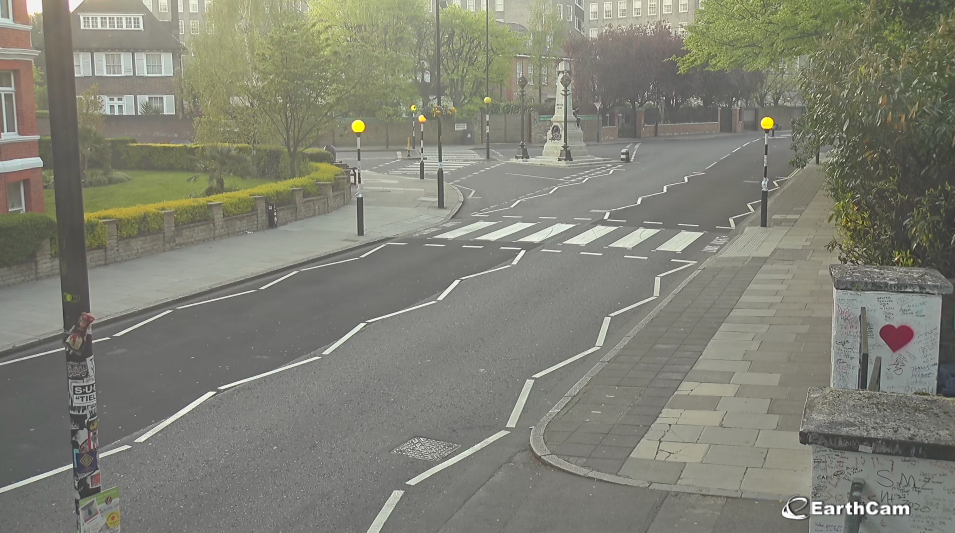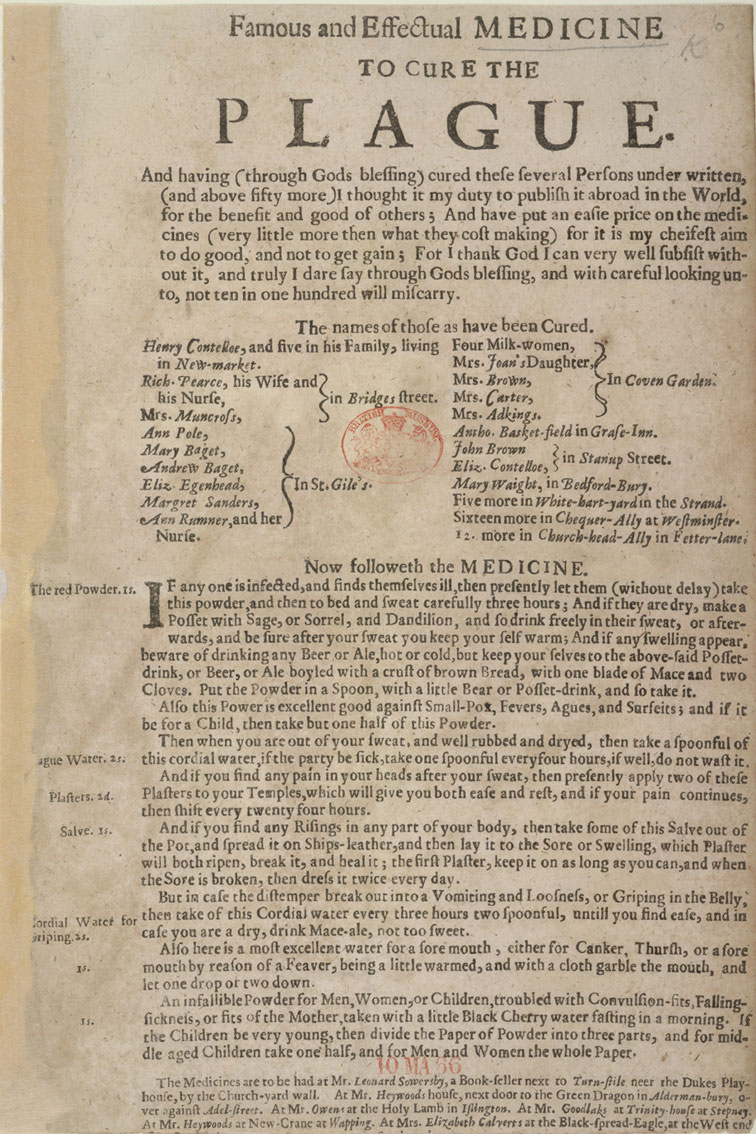David Lynch hasn’t directed a feature film in thirteen years, but that doesn’t mean he’s been idle. Quite the opposite, in fact: in addition to the acclaimed Showtime series Twin Peaks: The Return, he’s recorded an album, written a memoir, taught a Masterclass, overseen the development of a Twin Peaks virtual reality game, and made a short film about ants devouring a piece of cheese. In his home studio, he’s also continued the visual art practice he started before turning to filmmaker in the 1970s. We may know Lynch best as the man behind Eraserhead, Blue Velvet, and Mulholland Drive, but he seems equally comfortable working in whichever form or medium is at hand. In this time of COVID-19 quarantine, which has suspended filmmaking, filmgoing, and other kinds of human activity, one such medium is the weather report.
“Here in L.A.… kind of cloudy… some fog this morning,” says the respected filmmaker in his weather-report video for May 11, 2020. “64 degrees Fahrenheit; around seventeen Celsius. This all should burn off pretty soon, and we’ll have sunshine and 70 degrees.” All just what one would expect from the climate of Los Angeles, the southern Californian metropolis where Lynch lives and which he often praises — and which, it’s recently been reported, will likely extend its stay-at-home order for at least three more months.
The sudden lack of movement in this famously mobile city has done wonders for the air quality, but so far that element hasn’t figured explicitly into Lynch’s reports. “We’ve got clouds and kind of foggy weather, with some blue shining through,” he says on the morning of May 12th. But just as the day before, that fog “should burn off later, and we’ll have sunshine.” Longtime followers of Lynch’s internet projects will recognize these as a sequel to the daily video weather reports he posted in 2008:
They’ll also recognize most of the objects that surround Lynch in his office, from his set of drawers to his wall-mounted phone to his angular-handled black coffee cup. But the dramatic increase in the resolution of internet video over the past dozen years has made everything visible in a newly crisp detail, right down to the steam rising from Lynch’s hot beverage of choice. More daily weather reports will presumably appear on the David Lynch Theater Youtube channel, each one colored by his signature (and, given the unrelentingly disturbing qualities of his best-known work, seemingly incongruous) optimism. “It’s going to be a different world on the other side,” he told Vice last month. “It’s going to be a much more intelligent world. Solutions to these problems are going to come and life’s going to be very good. The movies will come back. Everything will spring back and in a much better way, probably.”
Find a playlist of Lynch’s weather reports here.
If you would like to sign up for Open Culture’s free email newsletter, please find it here. It’s a great way to see our new posts, all bundled in one email, each day.
If you would like to support the mission of Open Culture, consider making a donation to our site. It’s hard to rely 100% on ads, and your contributions will help us continue providing the best free cultural and educational materials to learners everywhere. You can contribute through PayPal, Patreon, and Venmo (@openculture). Thanks!
Related Content:
David Lynch’s New ‘Crazy Clown Time’ Video: Intense Psychotic Backyard Craziness (NSFW)
Based in Seoul, Colin Marshall writes and broadcasts on cities, language, and culture. His projects include the book The Stateless City: a Walk through 21st-Century Los Angeles and the video series The City in Cinema. Follow him on Twitter at @colinmarshall, on Facebook, or on Instagram.



